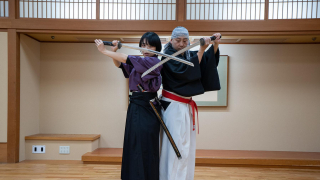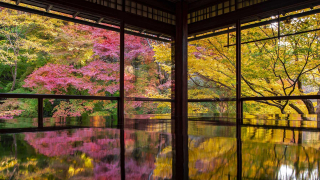[Just what is Joban-mono fish?] Pt. 8 The People Keeping Joban-mono Sustainable and Safe
| Tohoku Tour Soma | 2021.01.29 |
The Fukushima Prefectural Research Institute of Fisheries Resources is a lively place with lofty goals, and many thousands of little fish―supporting the future of local fisheries with research, and raising marine creatures along the way.
Keeping Joban-mono Around for the Future
The ocean off the coast of Fukushima, or the "Shiome Sea" (潮目の海) as it's called, is a junction point for warm and cold ocean currents, creating the perfect environment to foster populations of famously high-quality Joban-mono fish. Fukushima's fishing industry is still getting back on its feet after being knocked down in 2011, and these days fisheries in coastal cities like Iwaki and Soma are slowly rebuilding, but Joban-mono fish and seafood is a part of life for the locals―a part that they hope to preserve for generations to come.
Just one look inside the Isobe Marine Processing Facility Market will show you the variety of Joban-mono, and how important it is to the people of Fukushima. This fish market, just down the road from the spot where Soma's fishing boats bring in their morning catch each day for wholesale auctions, offers customers a taste of what the Shiome Sea has to offer, fresh from the ocean. The shelves and refrigerators are lined with cuts of fish, boiled surf clams and octopus, canned skipjack tuna, and more, all coming from the waters visible right from the market's parking lot.
Take a closer look at the seafood packaging, and you'll notice some of the products in this fish market even have stickers reminding customers of all the radiation safety testing going on behind the scenes, and noting the safe test results. We already discussed the multiple systems of monitoring tests and screening tests that go into effect before Joban-mono ever reaches the market in part six of the Japankuru Joban-mono series, but the hard work of local researchers and fishery workers doesn't stop there. The people of Fukushima's Hama-dori coastal region want to keep the local fishing culture alive for many years to come.
When it comes to hands-on policies, local leaders like Iwaki Fisheries Cooperative Association Vice-President Mitsunori Suzuki say that they're using this period of regrowth to "fine-tune practices and maintain local resources." To guide those new policies and help the industry along, there's the research of the Fukushima Prefectural Research Institute of Fisheries Resources.
When it comes to hands-on policies, local leaders like Iwaki Fisheries Cooperative Association Vice-President Mitsunori Suzuki say that they're using this period of regrowth to "fine-tune practices and maintain local resources." To guide those new policies and help the industry along, there's the research of the Fukushima Prefectural Research Institute of Fisheries Resources.
Research at the Fukushima Prefectural Research Institute of Fisheries Resources
According to Deputy Director Toru Sakuma, the Fukushima Prefectural Research Institute of Fisheries Resources has two main objectives. First, the institute studies resource management in the shallow coastal regions off of Fukushima, looking at changing trends and the general ecology of marine life living in the shallow waters, and examining how the fishing industry of Fukushima can safely and sustainably continue far into the future. Second, the Research Institute of Fisheries Resources puts that all the ecological research to use, artificially recreating natural conditions so that the institute can participate in aquaculture, or fish farming!
These goals, and the institute itself, aren't new―they've been exploring ways to maintain and improve Fukushima's fisheries resources since the institute was established as the Fukushima Prefectural Research Institute of Fish Hatchery in 1983. A decade ago, however, the institute's buildings were situated next to the
Fukushima Daiichi Nuclear Power Plant, taking advantage of the plant's heated water for research purposes. After the disaster irreparably damaged the institute's buildings in 2011, they were finally able to build new facilities in 2018, a little further north along Fukushima's coast. Now, not only does the Research Institute of Fisheries Resources continue to pursue those two main objectives, but the 2011 nuclear meltdown has brought some new, extra challenges for them to work on.
Fukushima Daiichi Nuclear Power Plant, taking advantage of the plant's heated water for research purposes. After the disaster irreparably damaged the institute's buildings in 2011, they were finally able to build new facilities in 2018, a little further north along Fukushima's coast. Now, not only does the Research Institute of Fisheries Resources continue to pursue those two main objectives, but the 2011 nuclear meltdown has brought some new, extra challenges for them to work on.
The Fukushima Prefectural Research Institute of Fisheries Resources focuses on resource management and raising fish, and in Fukushima, understanding the effects of radiation on the local marine life as deeply as possible is a vital part of that research. On our trip to the institute's current facilities in Soma, the Japankuru team headed straight to the warehouse-like research building, a few steps away from the bright offices and laboratories, to see the research for ourselves, and entering the room we noticed the steady noise of rushing water. Under this high ceiling, a number of tanks of various shapes and sizes hold a handful of different species, all projects connected to the researchers' current work.
The experiment we were most immediately interested in was near the front door―rows of shallow tanks holding spotted halibut. In this study, the halibut are acting as representatives of the wild flatfish off the coast of Fukushima. The research is essential, because flatfish are a key part of Fukushima's fishing industry, but they spend their lives on the sandy seafloor, where stray radioactive material is of greater concern. At the institute, they feed groups of the spotted halibut with fish food that includes a dose of radioactive cesium-137 for 25 days, before switching half of the fish to non-radioactive feed, and measuring levels of radiation in the different groups of fish throughout the experiment. While the monitoring and screening radiation tests used on wild-caught fish ensure that any radioactive fish caught in Fukushima wouldn't make it to consumers anyway, this research gives us an invaluable look at the lingering effects of the nuclear disaster that took place nearly a decade ago, and how any remaining radioactive material could affect marine life. This deeper understanding is one part of a larger effort to keep Joban-mono safe.
The experiment we were most immediately interested in was near the front door―rows of shallow tanks holding spotted halibut. In this study, the halibut are acting as representatives of the wild flatfish off the coast of Fukushima. The research is essential, because flatfish are a key part of Fukushima's fishing industry, but they spend their lives on the sandy seafloor, where stray radioactive material is of greater concern. At the institute, they feed groups of the spotted halibut with fish food that includes a dose of radioactive cesium-137 for 25 days, before switching half of the fish to non-radioactive feed, and measuring levels of radiation in the different groups of fish throughout the experiment. While the monitoring and screening radiation tests used on wild-caught fish ensure that any radioactive fish caught in Fukushima wouldn't make it to consumers anyway, this research gives us an invaluable look at the lingering effects of the nuclear disaster that took place nearly a decade ago, and how any remaining radioactive material could affect marine life. This deeper understanding is one part of a larger effort to keep Joban-mono safe.
Creating New Generations of Joban-mono
The laboratory research and experiments done at the Fukushima Prefectural Research Institute of Fisheries Resources are important, but when it comes to scale, much of what the institute does is connected to fish farming. Local fisheries are trying their best to grow sustainably and preserve natural resources, and to support that effort, the institute works to contribute to local fish populations by raising local species of flatfish from eggs, and then releasing them into the sea to grow to adulthood in the wild. When asked about the institute's successes, Deputy Director Sakuma smiled and mentioned his pride in the way this project has progressed, since the time when he fondly looked after the little fish himself. Just a few years ago, they celebrated when their aquaculture efforts successfully resulted in the raising and release of 10,000 Japanese flatfish into the waters off Fukushima's coast. Now, the Fukushima Prefectural Research Institute of Fisheries Resources releases about 80,000 flatfish a year, and they're working on raising abalone as well.
The Japanese flatfish at the institute start out as eggs, and once they hatch, they spend their early days swimming around these enormous tanks sunk partially into the floor, in a dedicated warehouse building. By the time they grow to 1 or 2cm (1/2"), they gather at the bottom of the tank, sticking close to the floor. They're fed a steady diet of plankton (grown on a huge scale in the building next door) and fish meat, and in the course of just three months, the fish quickly grow to be about 8~10cm long (3~4").
When the Japanese flatfish have reached a sufficient size, they're released into the ocean nearby. Back in the wild, they live their lives in the plankton-filled Shiome Sea, growing huge in this rich habitat. It takes about two years for the fish to grow big enough to, one day, perhaps, be caught by a local fishing boat, sold to a restaurant, and enjoyed as delicious Joban-mono sashimi.
Hopes for Fukushima's Future
When people think of Fukushima, many get stuck in the past, unable to imagine a time beyond the tragedies that struck in 2011. But the research at the Fukushima Prefectural Research Institute of Fisheries Resources is all about the future. How can we maintain the fisheries of Fukushima cities like Iwaki and Soma? How can we keep the industry sustainable far into the future? How can we ensure that everyone, both local and far away, can safely enjoy delicious food made with fresh Joban-mono? We might not know all the answers yet, but Deputy Director Toru Sakuma, and the rest of the researchers and staff at the institute, are working to find them.
Over the past months, the Japankuru team has been focusing on all the nitty-gritty details of fisheries and radiation testing in Iwaki and Soma, and we've written about some of the most important facilities involved in the process, like the Fukushima Agricultural Technology Center and the Fukushima Prefectural Fisheries and Marine Science Research Center. One of the most fun parts of this project, though, has been tasting all kinds of food made with Joban-mono fish and seafood―from the freshest translucent sashimi to cauldrons of rich hotpot including every part of the fish. In the last two articles of the series, we're excited to show you exactly what delectable dishes you've been missing, so keep an eye out for more on Joban-mono!
For more info and updates from all over Japan, don't forget to follow Japankuru on twitter, instagram, and facebook!
For more info and updates from all over Japan, don't forget to follow Japankuru on twitter, instagram, and facebook!
- Basic Info
-
Name Fukushima Prefectural Research Institute of Fisheries Resources (福島県水産資源研究所) Website https://www.pref.fukushima.lg.jp/sec/36021a/seika-shigenken.html
- Comment
-
POST
-
Your blog is my go-to for reliable information. Thanks for being a trustworthy source! Gender reveal box 2023.12.14 reply
-
- Related Article









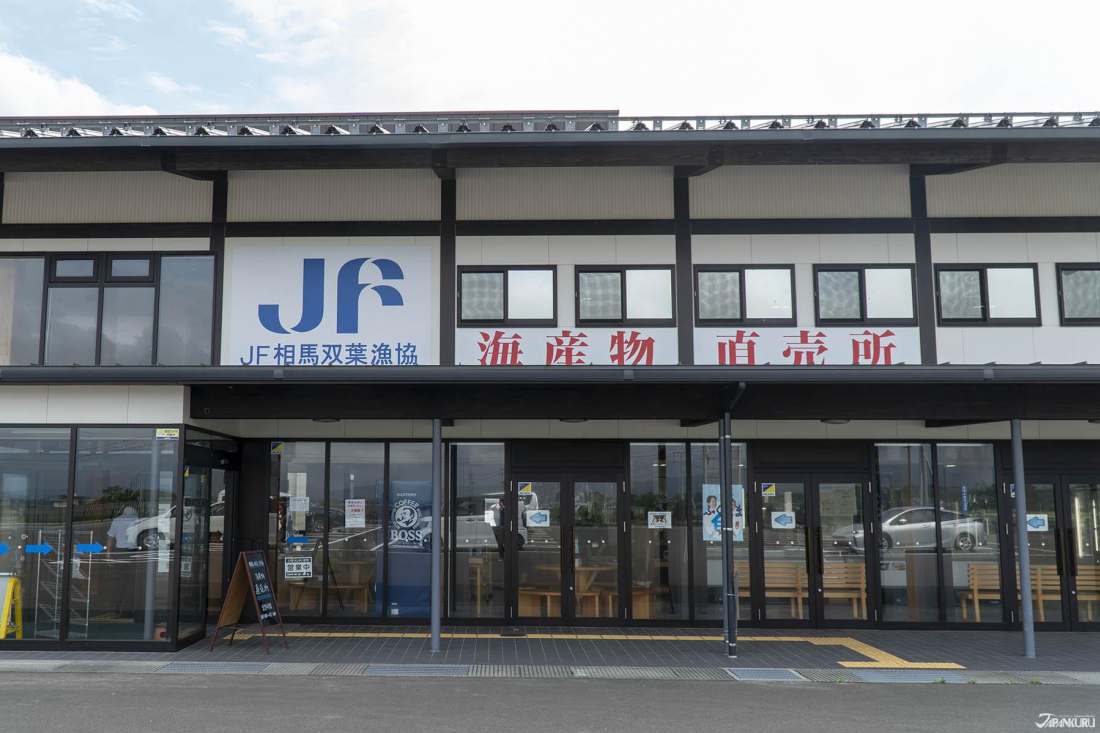



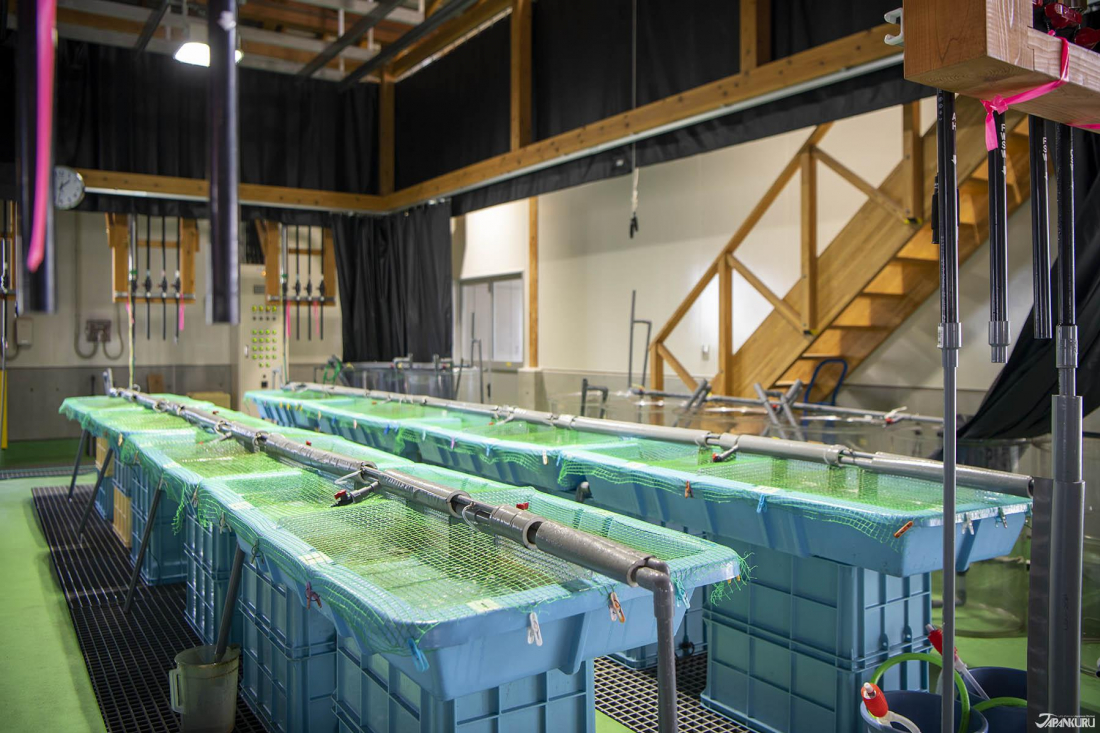
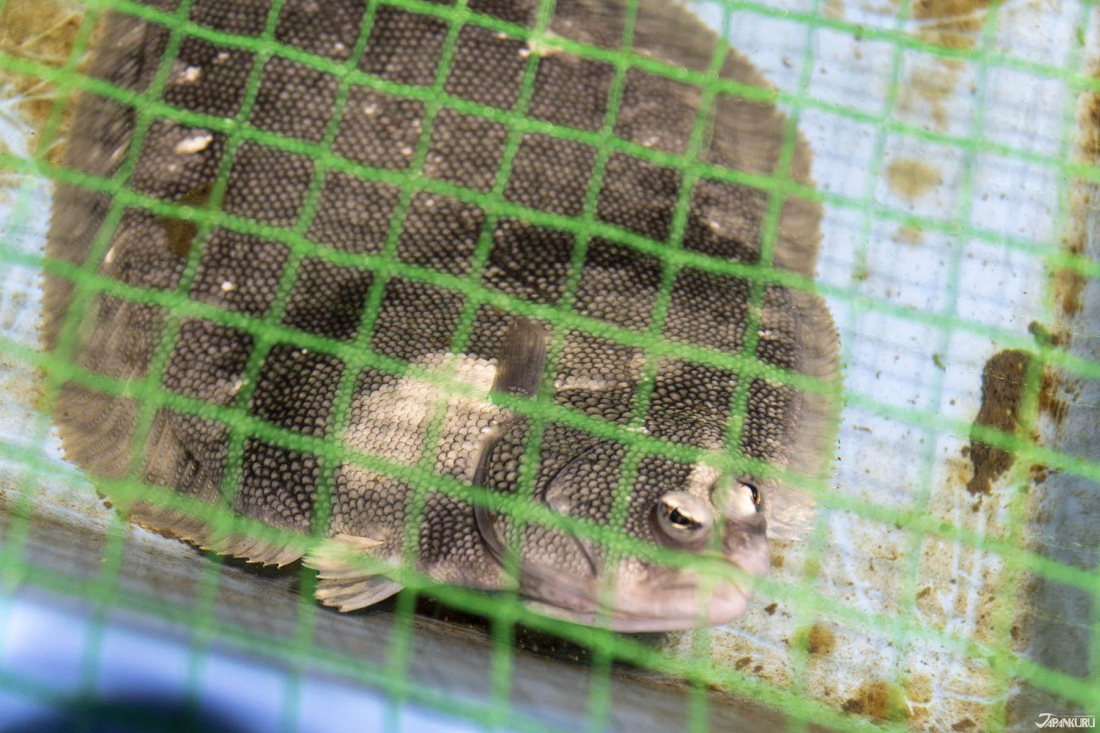

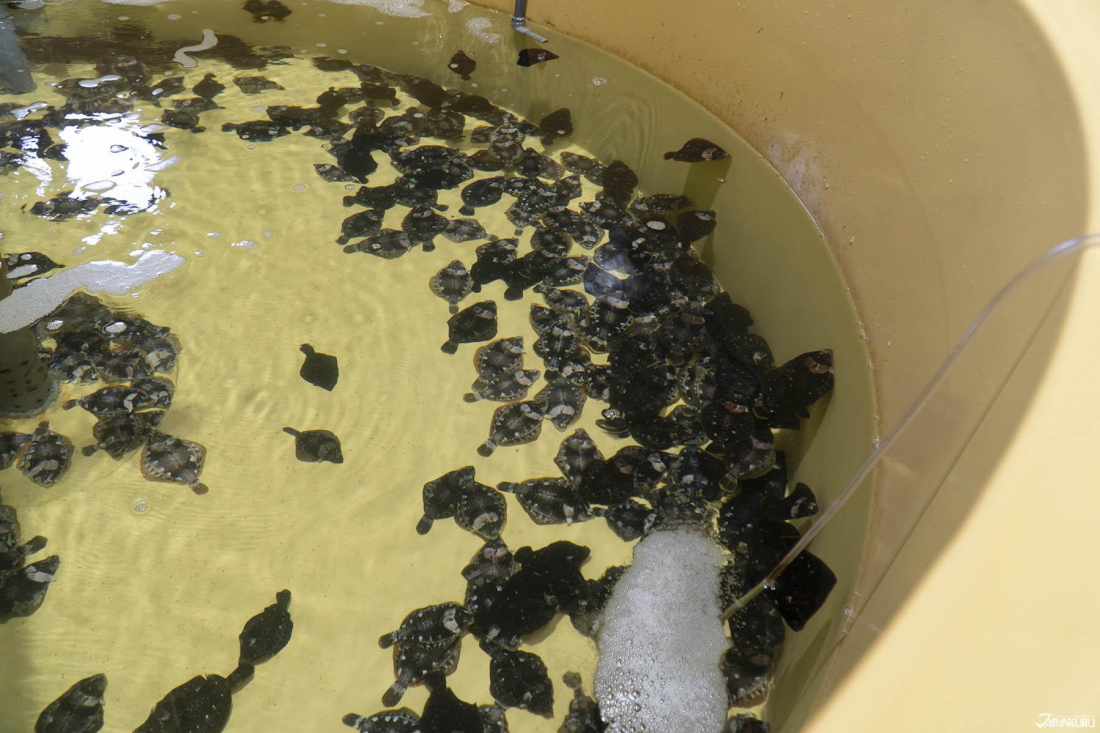


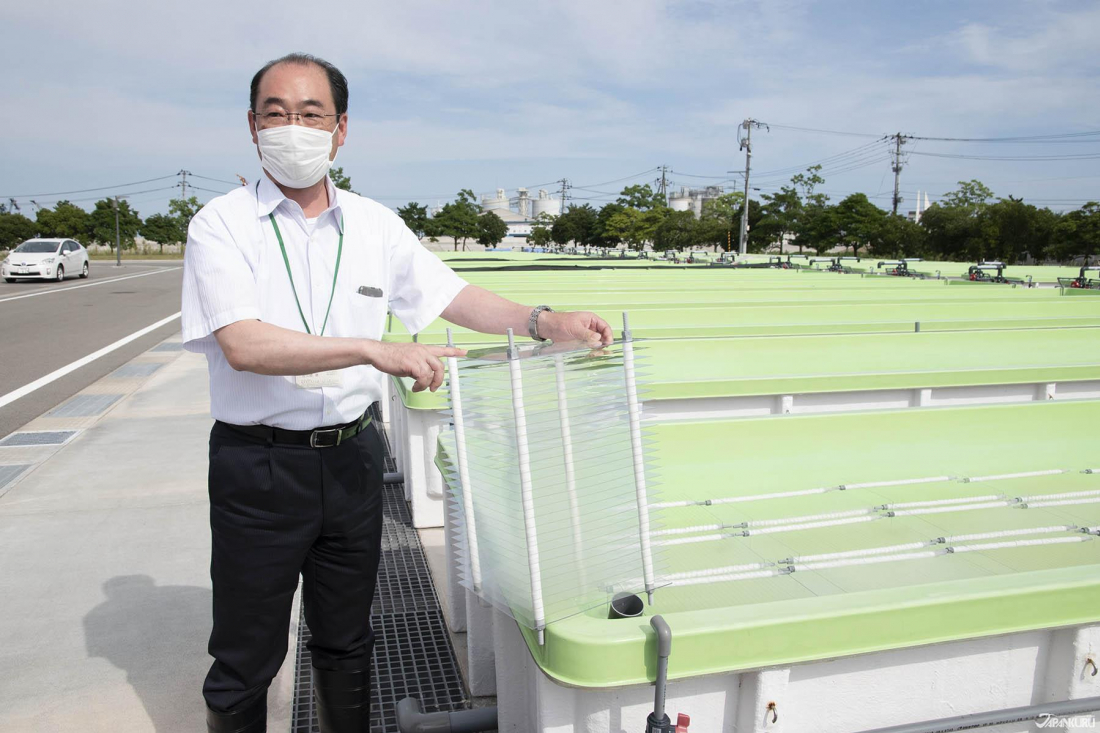

 REPLY
REPLY
